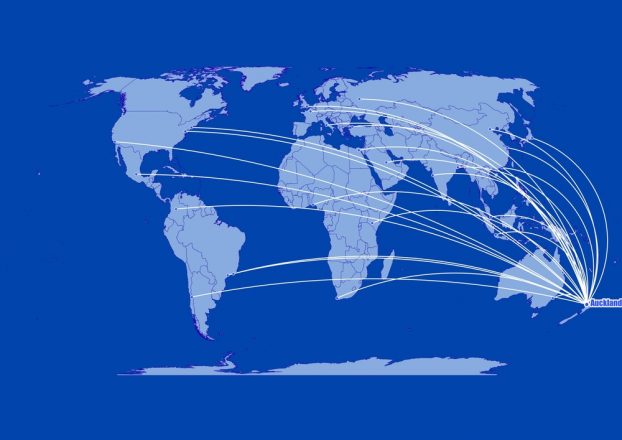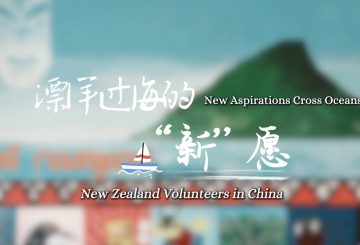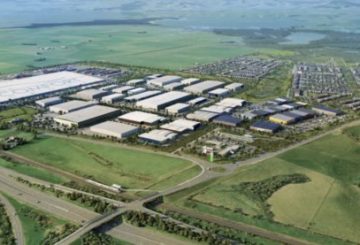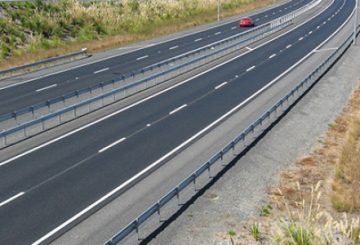An airline industry group is calling on the government to relax managed isolation (MIQ) restrictions because it worries international airlines may give up on coming here at all.
The Board of Airline Representatives of NZ executive director Justin Tighe-Umbers told Checkpoint airlines have become increasingly frustrated, and some were already pulling out of New Zealand as a destination.
“What’s happening at the moment is airline managers in New Zealand are having to justify route performance and how much they’re making on these flights, coming in with 60 passengers onboard [compared] with the rest of the world.
“Up in Europe, they’re filling up aircraft very rapidly because they’re open to travel now for vaccinated travellers. So the route performance in New Zealand is looking high risk and high cost.”
By now, airlines would have already decided their routes for over the summer period and up to March, he said.
“Really we’ve got until March to be able to send clear signals to airlines to fly the following summer about what our settings are going to be.
“So you’ve actually got to have five to seven months’ [leeway], with the way the seasons work in the northern and southern hemisphere, to signal to airlines and grab that capacity.
“A great start and an easy signal that we’re serious about opening the border would be to say ‘right, vaccinated New Zealanders can come home for Christmas, they don’t need to go into MIQ’.
“But to be able to get them home by Christmas to New Zealand, we really need to be told now.”
Making MIQ changes made sense because lots of Kiwis overseas were in countries lower risk than Auckland, he said.
“Double vaccinated travellers who have already got a clear negative test, they’re actually much lower risk than the community they’re flying into.
“So it just makes no sense to be putting them into precious MIQ rooms, which could be used for isolating those that are already sick here in Auckland.”
The government has signalled changes to overseas arrivals from early next year.
However, Tighe-Umbers said airlines needed a more specific timeline, because it could take up to three months to get suitable aircraft out of storage and up and running again.
“We do have a bit of spare capacity into New Zealand at the moment with the existing flights coming in, because often they’ve only got about 30-60 people on board going into MIQ.
“For making sure we keep airlines hanging on and flying here, we have to give certainty.
“Even Western Australia, the famously conservative Western Australia, they’ve put out their plan to say they’ll be letting in vaccinated visitors quarantine-free at the end of January, once they hit their 90 percent, so we just need to get that certainty out there.”
Travel nowadays into New Zealand was 98 percent compared to two years ago, he said.
“In a typical month, we’d have 600,000 people flying into New Zealand, right now we’ve got about 12,000 people flying in, so I think we’re back to the 1960s in terms of the number of people flying into New Zealand right now.”
SOURCE: RNZ NEWS






























































